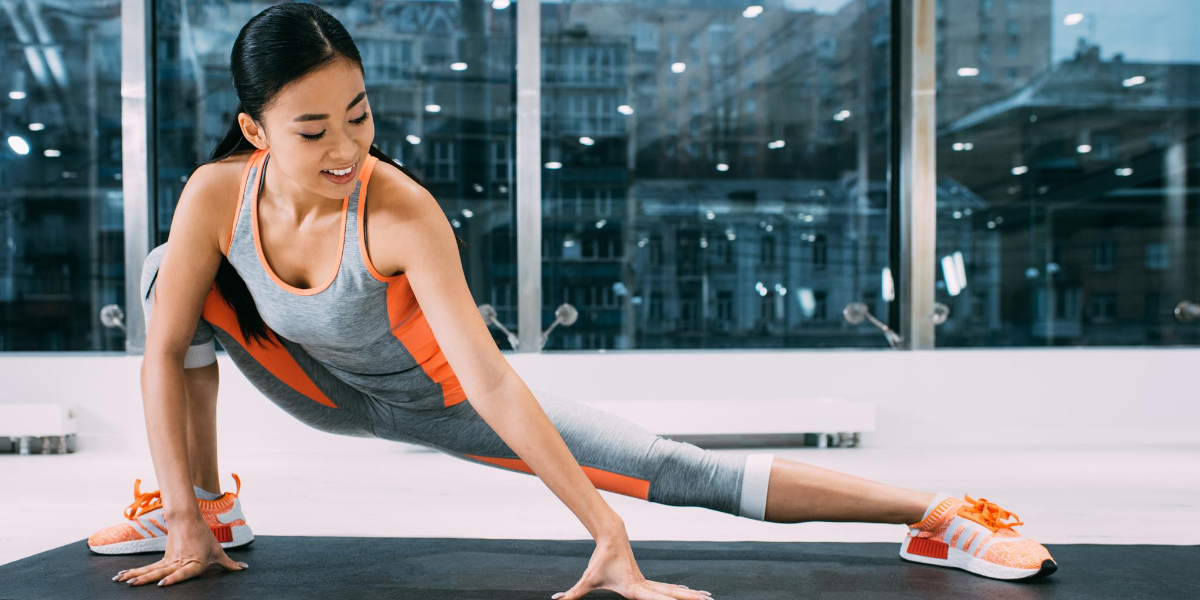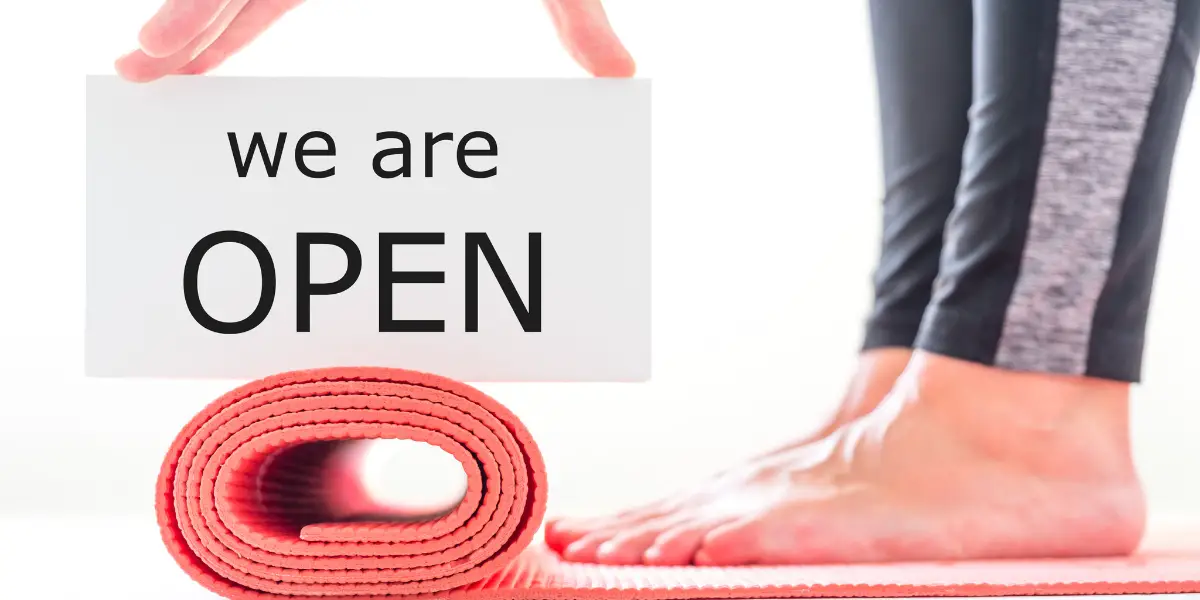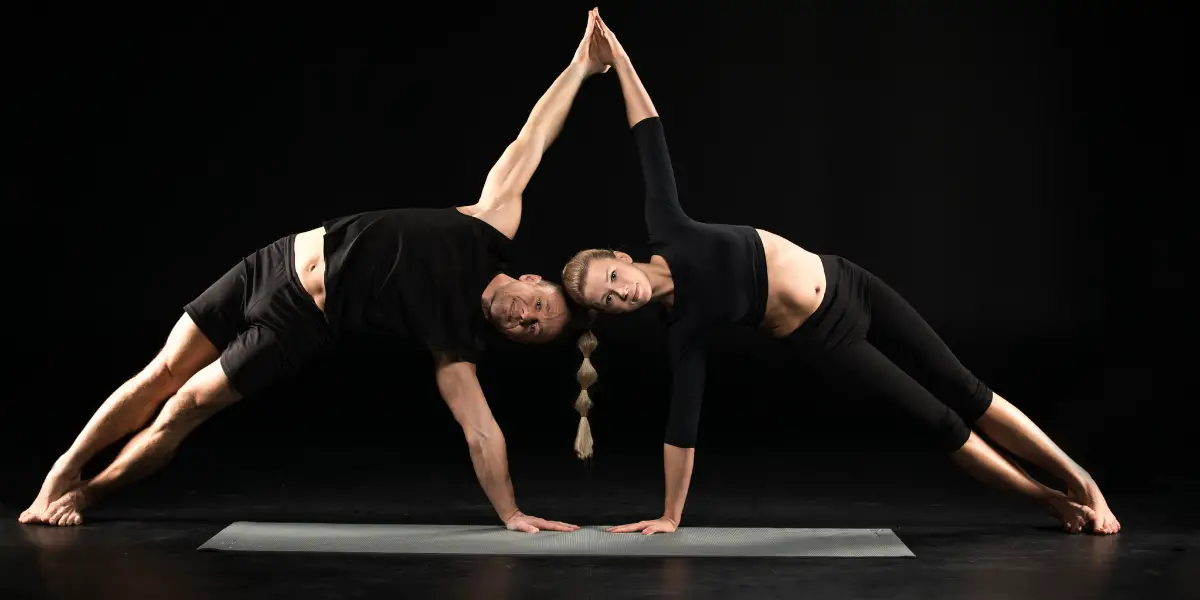Generally, before you perform any sort of physical workout, you want to get your muscles ready for the activity. But different types of exercise have different requirements, and stretching is not equally important for all of them. Does stretching have a special place in Pilates?
You don’t have to stretch before a Pilates routine. If you are going to stretch, it is best to keep it light and not try stretches that are very difficult or stressful on the joints. Pilates involves a fair bit of stretching, so there is no need to stretch beforehand.
It may seem odd to just jump right into your Pilates routine without first stretching, but there are other ways that you can prepare your body for your Pilates workout. In the rest of this article, I’ll go into detail about when to stretch, when not to stretch, what types of stretches to do, and other ways to get your body ready for Pilates.
Why Stretching Is Not Necessary Before Pilates
Stretching before Pilates probably seems natural, but depending on how you do it, it could be pretty bad for you. Most of the basic stretches we know are static stretches, and those stretches are not suitable for preparing your body for a workout.
Static stretching before a workout has actually been shown to decrease performance in studies. The leading theory is that holding static stretches for several seconds tires out your muscles before your workout even begins.
This fatigue effect is even more noticeable in exercise methods like Pilates. You won’t have the stability and balance required for Pilates if your muscles are already tired by the time you begin your routine. This can cause some muscles to overcompensate for weaker ones, which could lead to imbalanced muscle development.
Pilates involves a lot of stretching, so stretching before you begin a routine is redundant. Here’s an example workout I filmed while on holiday, it’s just 20 minutes and focuses on your spine, hips and hamstrings.
If you were lifting weights, you wouldn’t lift weights to warm up for lifting weight, so why stretch before a stretch-heavy workout?
Static stretching before a workout can also lead to injuries such as muscle strains and pulls. This is because when you use static stretching before doing any other type of physical activity, your muscles are not yet warmed up and are much tighter than they would be if you performed a simple warm-up routine.
Many think of stretching as something that can help us recover from physical ailments, but when done in the wrong way, stretching is just as likely to injure you as most other physical activities. Stretching cold muscles statically puts you at significant risk of injury.
How to Stretch Before Pilates Without Injuring or Fatiguing Yourself
If you feel like you must stretch before you begin your Pilates workout, you must do it safely and responsibly.
1. Warm Up Your Body
The first step to that is to warm up your muscles. This can be done in a number of ways.
You can wake up and warm up your muscles by jogging in place, doing jumping jacks, or even dancing a little. Anything that will elevate your heart rate a bit and get some blood pumping to your muscles.
Keep in mind that warming up should not be intense. You don’t need to go for a quarter-mile jog as a warm-up. Just one to two minutes of moving your body around is generally enough to prepare your muscles to be stretched.
2. Choose Light Stretches
Once you’re nice and warmed up, it’s time to loosen up your muscles with some very light stretches. Stick to stretches that incorporate large muscle groups or multiple muscles. You don’t want to be focusing on any muscles in particular.
The only exception to that rule is if you have an injury that requires extra stretching. In any other case, you should avoid intricate and complex stretches that target specific muscles. You’re more likely to fatigue that muscle before the workout rather than actually loosen it up.
You should be stretching in a gentle, not overly aggressive way. Do not try to force yourself to touch your toes if you are not flexible enough to do so yet. Pressing and pushing yourself too hard during stretching is an easy way to hurt yourself.
3. Don’t Tire Yourself
You should also avoid aggressive stretching because the entire point of stretching is to prepare for the Pilates routine. Stretching is not a workout—Pilates is. Let the stretching be a precursor to the exercise, not a part of the workout.
Remember while you are stretching that you are about to work through a full-body routine. That should be your focus. If you are going to stretch before doing Pilates, warm up first and keep it gentle.
How to Get Your Body Ready for Pilates
While it is unnecessary to do static stretches before a Pilates routine, there are many other ways that you can prepare your body and mind for your workout. Preparing before your class or routine starts will help you get the most out of Pilates.
1. Don’t Show Up With a Full Stomach
One thing most people don’t think about is what they eat on days when they do Pilates. What you put into your body can significantly affect how you feel during your routine. Pilates involves using the core a lot, and if your stomach is focused on digesting a large meal, your workout is going to be unpleasant.
On days when you plan to do some Pilates, make sure you eat large meals several hours before your class. This will give your body plenty of time to digest any food before you start your workout.
2. Do Dynamic Stretches
Besides showing up with a stomach that isn’t full, you can also perform some light dynamic stretches before starting your Pilates routine. Dynamic stretches are different from static stretches in that they involve movement.
Incorporating movement into stretching is a great way to loosen your muscles while warming them up and raising your heart rate at the same time. Remember, nothing too intense. Just enough to get the blood flowing.
Dynamic stretches prepare the body better for workouts and strenuous physical activity because the muscles are put through a full range of motion. They aren’t just being pulled hard in one direction—instead, the entire joint is moving. This greatly aids in increasing your mobility.
3. Center Your Mind
One of the most overlooked aspects of preparing your body for Pilates is centering your mind before you begin. Once you walk into the Pilates studio, you should leave all the day’s stressors at the door.
Clearing your mind of any potentially distracting thoughts will help you focus on the movements of your body during your workout. Your attention will also be drawn to your breathing rather than racing thoughts about the stresses of everyday life.
Taking a few moments to mentally prepare yourself for your routine can yield tremendous benefits. Being completely focused and present in the moment is great for your performance as well as your overall sense of mindfulness.
Pilates is supposed to be relaxing. Don’t let the baggage of the day ruin your peaceful workout. Let pilates be your refuge from monotony and negative emotions. Pilates can work wonders for your body as well as your mind.
Conclusion
Whether to stretch before doing pilates is a point of contention among some instructors. The general consensus seems to be that if you are going to stretch before pilates, it should be dynamic stretching and very light in intensity.
A very strenuous static stretching routine performed before a Pilates class is not beneficial to your muscles or your performance. In fact, doing static stretching with cold muscles and then putting them through a workout could easily cause an injury. Dynamic stretching is better for you, and it’s also much safer.
Sources




